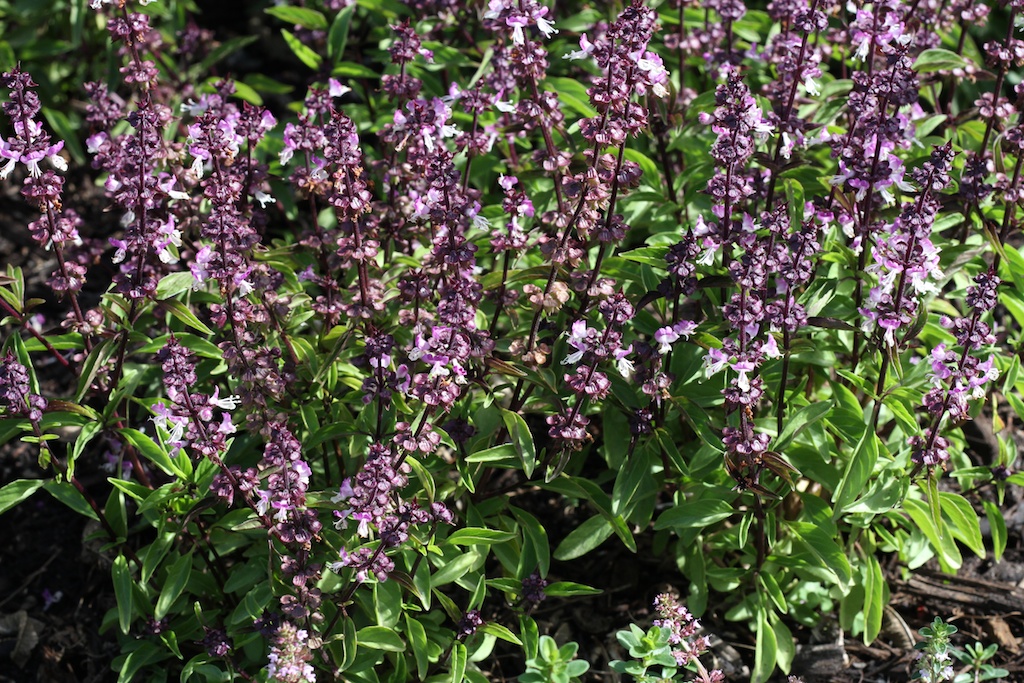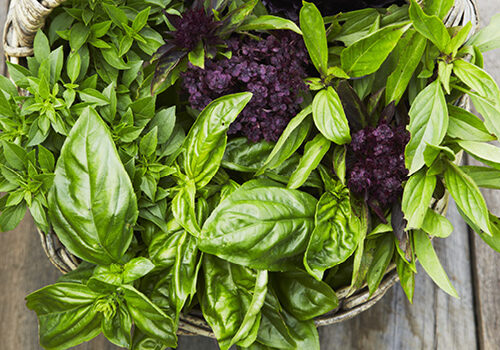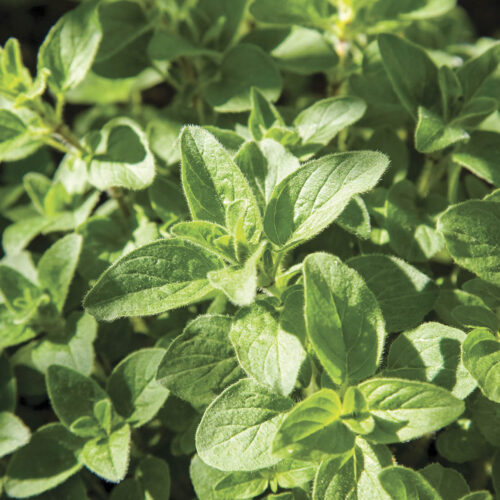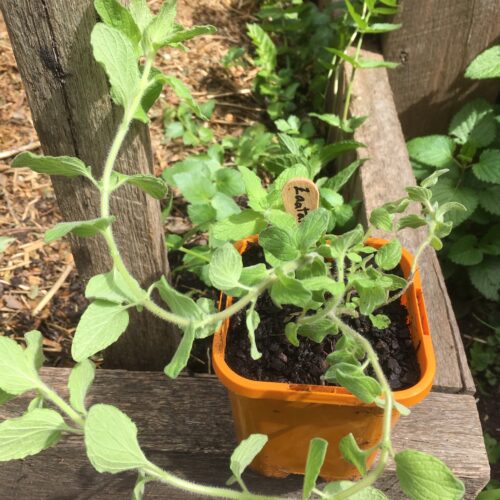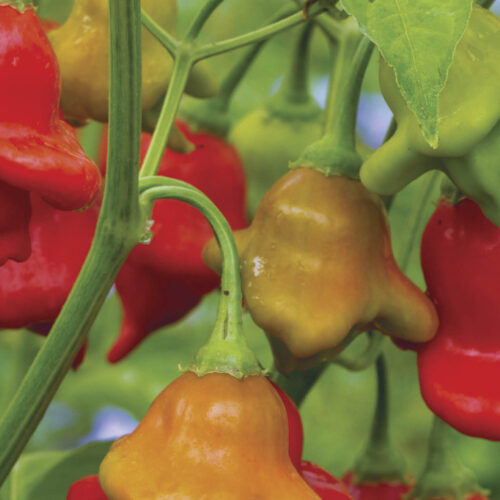Cinnamon basil
2014-01-14T22:20:04+11:00
In temperate climates, PENNY WOODWARD says summer is basil time.
In temperate climates, summer is basil time. While sweet basil is an essential and important part of many dishes, my current favourite is cinnamon basil. Last year I grew six different types: sweet, lettuce leaf, purple, Thai, dwarf and cinnamon. While they are all well worth growing for different reasons, it was cinnamon basil with it’s spicy, cinnamon scented leaves, that I kept coming back to. The bright glossy green leaves taste of elements of cinnamon, nutmeg and other spices as well as lemon.
Basil loves a well-drained, composty soil with plenty of added nutrients. If I’m growing it in a pot I add compost and sheep manure to the potting mix and water in with some dilute seaweed extract. If planting in the garden, I dig in compost and again water in with seaweed. I also protect young seedlings from slugs and snails with copper tape on short pieces of pipe placed around each seedling.
Whether in the ground or in a pot, encourage lots of leafy growth by watering every two to three weeks with fish emulsion. In temperate regions, all basils need to be grown in full sun, but in the tropics and sub-tropics they will tolerate shade for much of the day. Basil also needs moisture during hot weather so during these hot windy summer days, water well in the morning, and if its very dry they may need to be watered in the evening as well. As plants begin to come into flower, nip out the buds to encourage more leaf growth but towards the end of summer let them go to seed because the pink/mauve flowers and purple stems and bracts are really attractive. As the flower heads start to dry out, cut the tops off and put them into a paper bag. The small seeds will collect in the bottom of the bag. Save the seed for next year’s crop. Basils will not tolerate frost or cold wet weather, so once this happens they will die.
Basil repels a range of problem insects, including flies and mosquitoes
Planted in a pot, basil can be moved around to wherever it is most needed, and if you’ve got it sitting in the middle of an outside table you might remember to add it to the salad! Italian fishermen and sailors often have a pot of basil growing in the wheelhouse or galley to keep problem pests away. Tests on sacred basil oil have shown it to have insecticidal activity and in Asia it is rubbed on the skin to repel mosquitoes. In the vegetable garden basil will help protect nearby plants of cabbages, beans and tomatoes.
Basil, including cinnamon basil, is used medicinally, usually made into a tea by pouring boiling water over the fresh leaves. A cup of this tea acts as a sedative and to ease nausea and stomach cramps. A basil leaf rubbed on a sting or bite, reduces inflammation and pain and stops the itch.

